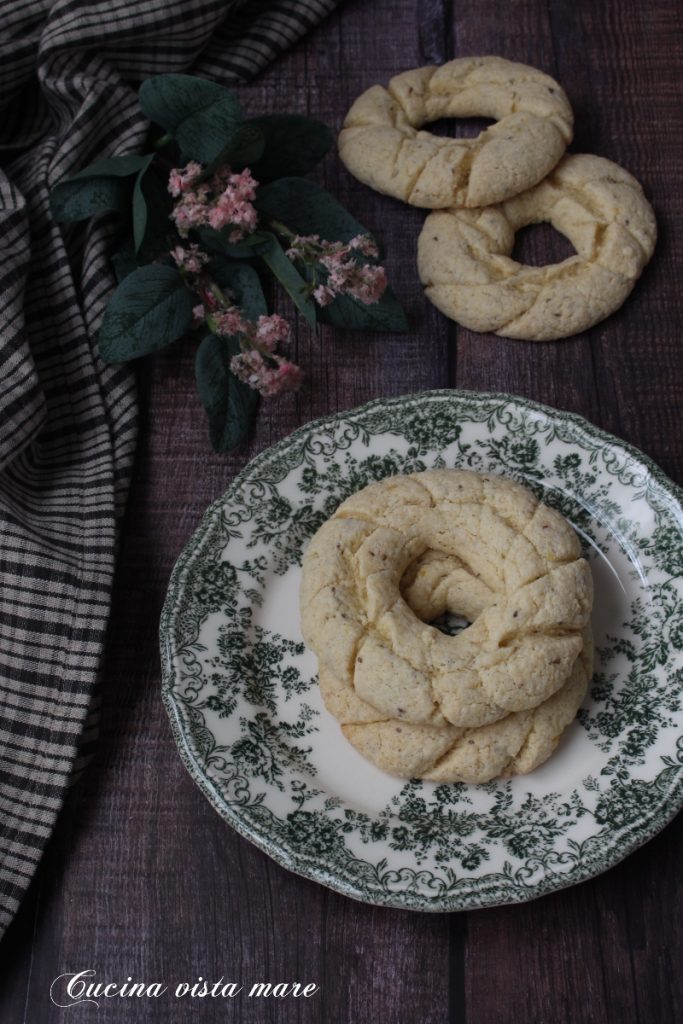
- Difficulty: Easy
- Cost: Economical
- Rest time: 30 Minutes
- Preparation time: 20 Minutes
- Portions: 4 sugar rings
- Cooking methods: Oven
- Cuisine: Italian
- Seasonality: All seasons
Curiosities
History tells us that the origins of Fucecchio are strongly linked to the Counts of Cadolingi, a powerful family from Pistoia. The Cadolingi counts had properties scattered in various areas of Tuscany and, looking for a way to expand their power, they found the ideal place in Fucecchio, situated at the crossroads of important communication routes: the land route of the Francigena and the waterway of the Arno. Additionally, Fucecchio was equidistant from the most important cities (Pisa, Florence, Lucca, Pistoia), making it a perfect location to become the center of a territorial lordship. Thus, around the year 1000, the Castle of Salamarzana was erected here on the hill, the first nucleus of the Fucecchio settlement. Over time, the second nucleus developed on the river: Borgonuovo, a small village where merchants and pilgrims traveling the Via Francigena passed through. When the Cadolingi dynasty became extinct in 1113, Fucecchio went through a period of decline and found itself at the center of struggles and conflicts between Lucca, Pisa, and Florence, which considered the area an attractive territory. In 1330, Fucecchio submitted to Florence. In the second half of the 14th century, first pestilence and then wars (between Pisa and Florence) decimated the population. It was around the 16th century that recovery began: the countryside began to repopulate, and the Medici invested in the area. The population grew, and in the 19th century, artisanal activities flourished (linen manufacturing, weaving, dyers’ workshops, shoemakers, brick kilns, the match factory, and later the development of the leather and footwear sector). What is Fucecchio like today? It is a town that, like many, has been hit hard and affected by crises. But it is a place with a lot to tell, a place where the marks of the past are visible, a place to discover and visit.
One last curiosity I want to tell you. The name. There are many hypotheses and interpretations. The most accredited one is that it derives from Ficeclum, then Ficecchium, and finally Fucecchio. Therefore, from ficus or ficetulum, figs. Due to the presence of fig trees.
How do I know all these things? I’ve studied Fucecchio. I’ve studied it well, but the reason falls into the private sphere, and I cannot tell you about it.
Notes
This content contains one or more affiliate links.

